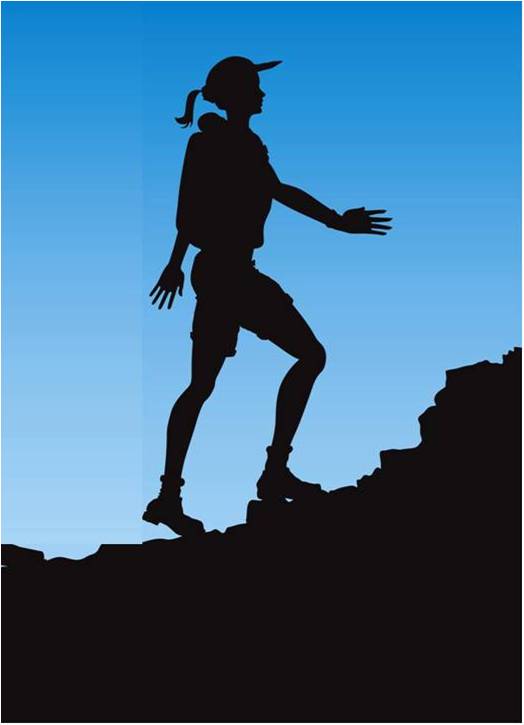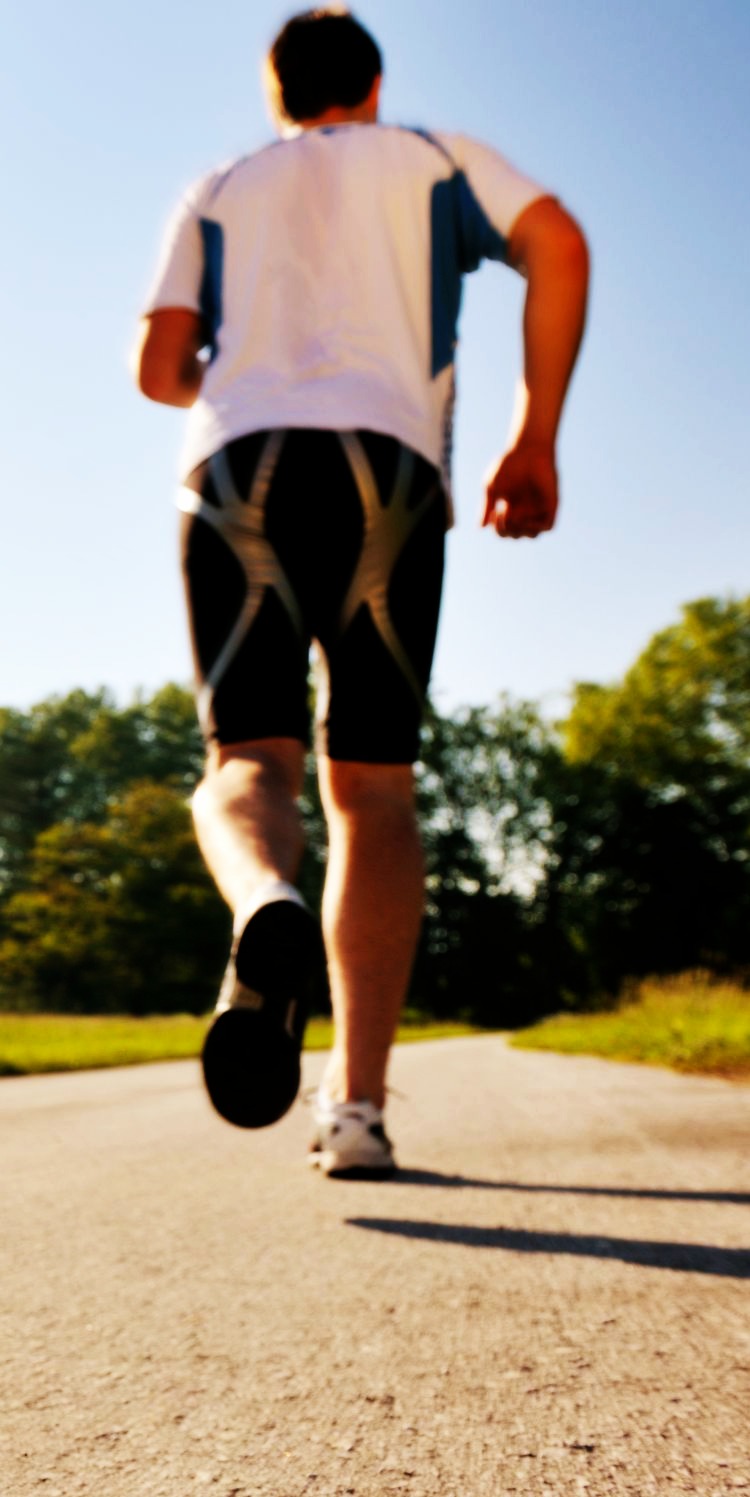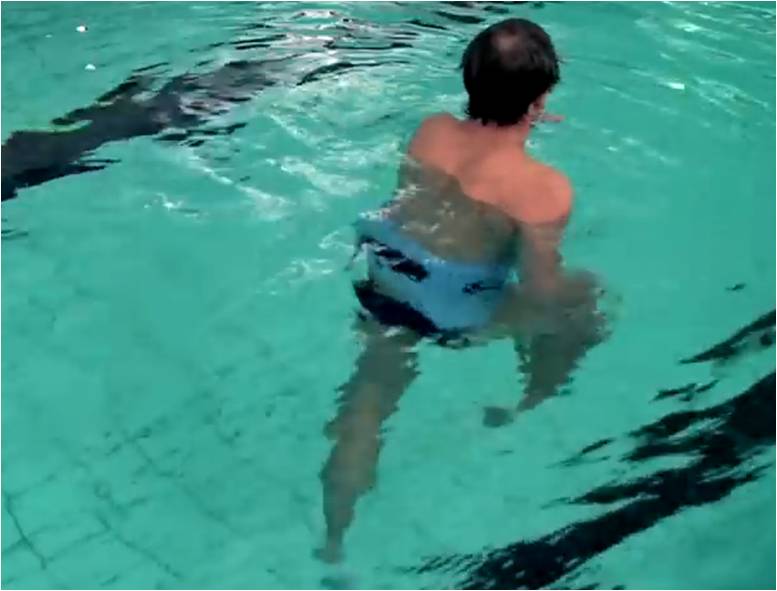Aerobic Exercise: How to Choose the Type of Aerobics to Workout
Regular aerobic exercise such as walking, jogging and swimming will help you live healthier and longer. See various aerobics here and how they benefit your health.
Most people who exercise pick and adhere to a single type, such walking, swimming, or jogging. No single exercise develops total fitness and, ideally, many activities will contribute to your cardio-respiratory development.
The extent of contribution to other fitness components, though, varies among the activities. For total fitness, aerobic exercise should be supplemented with strength and flexibility exercises.
Exercise sessions should be convenient. To enjoy exercise, be sure to select a time when you will not be rushed. A nearby location is recommended.
People do not enjoy driving across town to get to the gym, health club, track, or pool. If parking is a problem, you may get discouraged quickly and quit.
All these factors are used as excuses not to stick to an exercise program.
Type of Aerobic Exercise to Workout
Walking

The most natural, easiest, safest, and least expensive form of aerobic exercise is walking.
For years many fitness practitioners believed that walking was not vigorous enough to improve cardio-respiratory functioning, but more recent studies have established that brisk walking at speeds of 4 miles per hour or faster improves cardio-respiratory fitness.
From a health-fitness viewpoint, a regular walking program can prolong life significantly. Although walking takes longer than jogging, the caloric cost of brisk walking is only about 10 percent lower than jogging the same distance.
Walking is perhaps the best activity to start a conditioning program for the cardio-respiratory system. Inactive people should start with 1 mile walks 4 or 5 times per week. Walk time can be increased gradually by 5 minutes each week. Following 3 to 4 weeks of conditioning, a person should be able to walk 2 miles at a 4-mile-per-hour pace, 5 times per week.
Greater aerobic benefits accrue from walking longer and swinging the arms faster than normal.
Walking in water is another excellent form of aerobic exercise, particularly for people with leg and back problems. Because of the buoyancy that water provides, individuals submerged in water to armpit level weigh only about 10 to 20 percent of their weight outside the water.
The resistance that water creates as a person walks in the pool makes the intensity quite high, providing an excellent cardio-respiratory workout.
Hiking

Hiking is an excellent activity for the entire family, especially during summer and on summer vacations. Many people feel guilty if they are unable to continue their exercise routine during vacations. The intensity of hiking over uneven terrain is greater than walking. An 8-hour hike can burn as many calories as a 20-mile walking or jog.
Another benefit of hiking is the relaxing effects of beautiful scenery. This is an ideal exercise for highly stressed people who live near woods and hills. A rough day at the office can be forgotten quickly in the peacefulness and beauty of the outdoors.
Jogging

Jogging is the most popular form of aerobic exercise. Next to walking, it is one of the most accessible forms of exercise. A person can find places to jog almost everywhere. The lone requirement to prevent injuries is a good pair of jogging shoes.
Jogging 3 to 5 times a week is one of the fastest ways to improve cardio-respiratory fitness. The risk of injury, however, especially in beginners, is greater with jogging thank walking.
For proper conditioning, jogging programs should start within 1 to 2 weeks of walking. As fitness improves, walking and jogging can be combined, gradually increasing the jogging segment until it composes the full 20 to 30 minutes.
Sometimes people abuse this exercise. They run too fast and too long. Some joggers think that if a little is good, more is better. Studies have proved that the aerobic benefit of working out for more than 30 minutes 5 times per week is minimal.
Jogging approximately 15 miles per week is sufficient to reach an excellent level.
Deep-Water Running

An alternative form of jogging, especially for injured people, those with chronic back problems, and overweight individuals, is deep-water running- running in place while treading water.
Deep-water running is almost as strenuous as jogging on land. In deep-water running, the running motions used on land are accentuated by pumping the arms and legs hard through a full range of motion.
The participant usually wears a flotation vest to help maintain the body in an upright position. Many elite athletes train frequently in water to lessen the wear and tear that running on land causes.
These athletes have been able to maintain high oxygen uptake values through rigorous water running programs.








New! Comments
Have your say about what you just read! Leave me a comment in the box below.